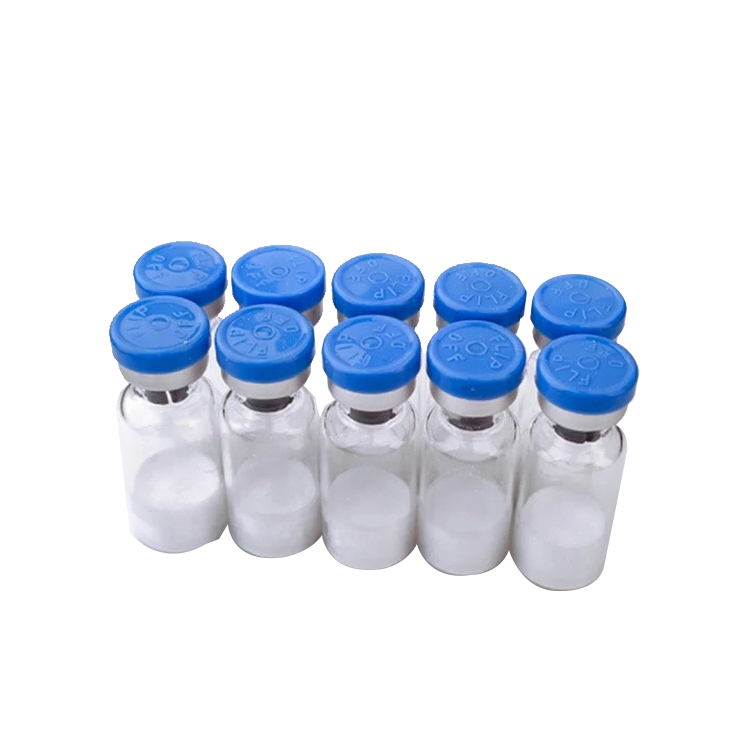Conversion method of farm manure and chemical fertilizer
One ton of pig manure is equivalent to: 17 kg of ammonium sulfate, 21 kg of superphosphate, and 10 kg of potassium sulfate.
One ton of cow dung is equivalent to: 16 kg of ammonium sulfate, 16 kg of superphosphate, and 3 kg of potassium sulfate.
One ton of horse feces is equivalent to: 28 kg of ammonium sulfate, 19 kg of superphosphate, and 5 kg of potassium sulfate.
One ton of sheep manure is equivalent to: 33 kg of ammonium sulfate, 31 kg of superphosphate, and 5 kg of potassium sulfate.
One ton of chicken and duck manure is equivalent to 55 to 82 kg of ammonium sulfate, 88 to 96 kg of superphosphate, and 12 to 17 kg of potassium sulfate.
One ton of rabbit feces is equivalent to 86 kg of ammonium sulfate, 184 kg of superphosphate, and 20 kg of potassium sulfate.
One ton of pig manure is equivalent to 23 kg of ammonium sulfate, 12 kg of superphosphate, and 12 kg of potassium sulfate.
One ton of burdock manure is equivalent to: 17 kg of ammonium sulfate, 10 kg of superphosphate, and 8 kg of potassium sulfate.
One ton of ordinary compost is equivalent to: 20 to 25 kg of ammonium sulfate, 11 to 16 kg of superphosphate, and 9 to 14 kg of potassium sulfate.
One ton of Chen wall soil is equivalent to: 9.5 kg of ammonium sulfate, 28 kg of superphosphate, and 16 kg of potassium sulfate.
One ton of plant ash is equivalent to: 219 kg of superphosphate and 150 kg of potassium sulfate.
One ton of soybean cake is equivalent to: 350 kg of ammonium sulfate, 83 kg of superphosphate, and 43 kg of potassium sulfate.
One ton of peanut cake is equivalent to: 316 kg of ammonium sulfate, 73 kg of superphosphate, and 27 kg of potassium sulfate.
One ton of cottonseed cake is equivalent to: 171 kg of ammonium sulfate, 102 kg of calcium superphosphate, and 19 kg of potassium sulfate.
Quick calculation of fertilizer application
The determination of the amount of fertilization mainly uses the nutrient balance method. The basic concept of the nutrient balance method is that the nutrient absorption of the crop is equal to the sum of the nutrient supply of the soil and the fertilizer.
Fertilizers provide part of the crop's nutrients through fertilization. However, the amount of fertilizer applied to a crop is not exactly the same as the amount of nutrient supply. Because only part of the nutrients put into the farmland is absorbed and used by the current crops, considering the factor of fertilizer utilization, the amount of fertilizer can be estimated by the following formula:
Planned crop fertilization (kg) = (Total nutrients required for planned yield-Soil nutrient supply) ÷ Fertilizer nutrient content × Fertilizer utilization rate (%)
Crop fertilization refers to the amount of a certain nutrient element applied. Specific to the type of chemical fertilizer, the actual amount of chemical fertilizer should be calculated by the following formula:
Planned crop fertilization amount (kg) = physical chemical fertilizer amount (kg) × effective ingredient content (%)
among them
1. Total nutrients required for planned yield (kg) = (planned yield / 100) × number of nutrients required to form 100kg of yield (refer to the table of approximate quantities of nutrients needed to form 100kg of economic yield for different crops)
The planned output is an increase of 10% to 15% in the average 3-year output of local crops.
2. Soil nutrient supply (kg) = (yield in non-fertilized area / 100) × the amount of nutrients required to form 100 kg of yield.
Soil fertilizer supply is generally estimated by soil sampling and testing. In the absence of laboratory conditions, estimates can also be made from yield (blank yield) without fertilization.
3. In general, the seasonal utilization rate of chemical fertilizers is: nitrogen fertilizer 30% to 35%, phosphate fertilizer 20% to 25%, potassium fertilizer 25% to 35%.
Disclaimer: Some articles on this website are transferred from the Internet. If you have third party legal rights, please inform this website to deal with them. phone
Human chorionic gonadotropin is a hormone for the maternal recognition of pregnancy produced by trophoblast cells
Human chorionic gonadotropin (HCG) is a glycoprotein secreted by trophoblast cells of the placenta And β dimer proteins. The molecular weight of glycoprotein hormone 36700, A. Pituitary, FSH, follicle stimulating hormone, LH (luteinizing hormone) and TSH (thyroid stimulating hormone) are basically similar, So they can cross-react with each other, while the structure of β subunit is not similar. In mature women, the fertilized ova move to the uterine cavity for implantation and form embryos. In the process of development and growth into the fetus, the placental syncytiotrophoblast cells produce a large amount of HCG, which can be excreted into urine through the blood circulation of pregnant women. Serum and urine HCG levels rise Rapidly from 1 to 2.5 weeks of gestation, reaching a peak at 8 weeks of gestation and dropping to moderate levels at 4 months of gestation, which remain at the end of gestation. At present, the commonly used detection methods are: latex aggregation inhibition test and hemagglutination inhibition test; Radioimmunoassay (RIA); Enzyme linked immunosorbent assay (ELISA); Monoclonal antibody colloidal gold test
Hcg Powder,Custom Ghrp Peptides,High Purity Hcg Powder,Popular Peptide Bodybuilding Powder
Shaanxi YXchuang Biotechnology Co., Ltd , https://www.peptide-nootropic.com